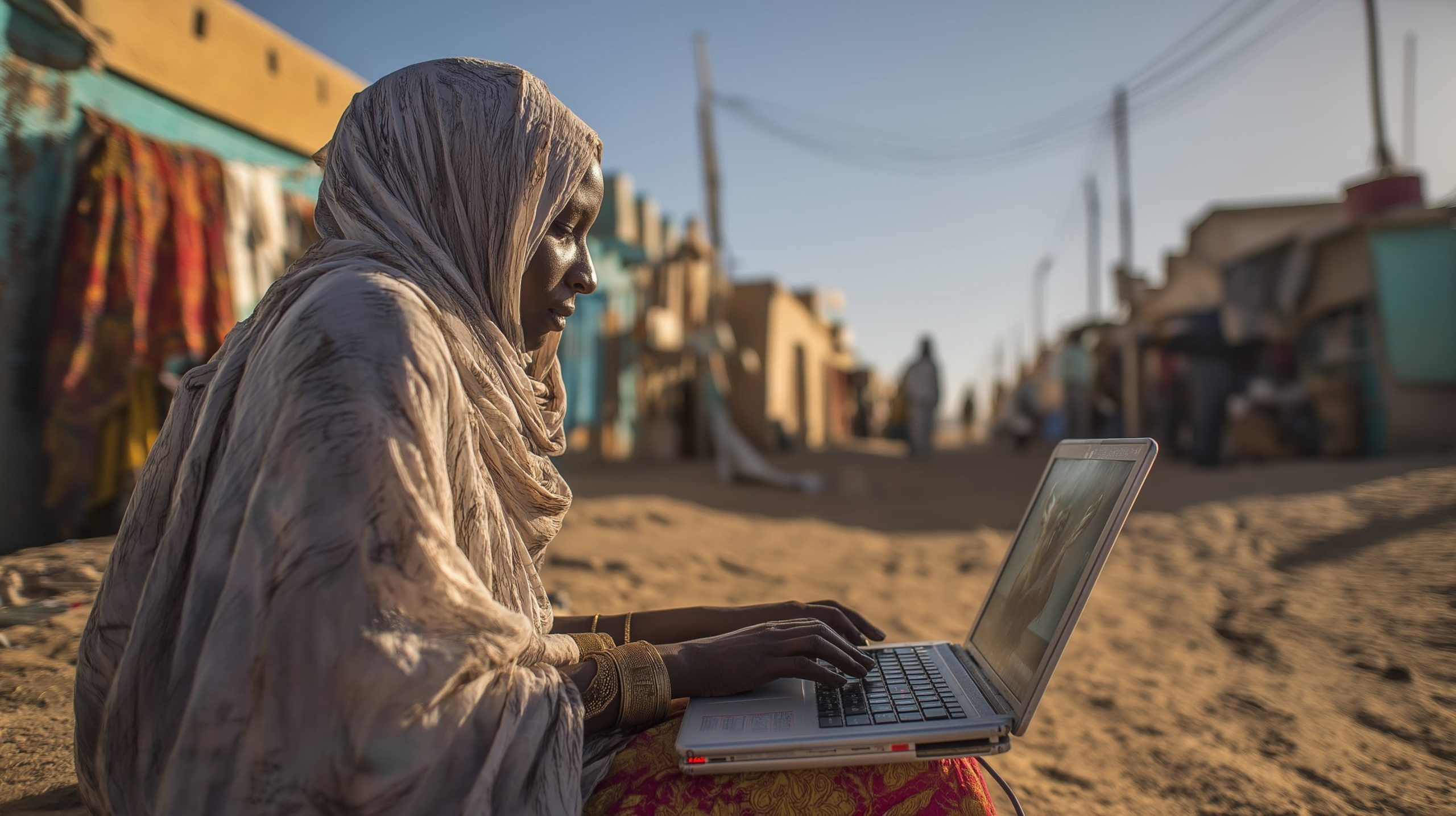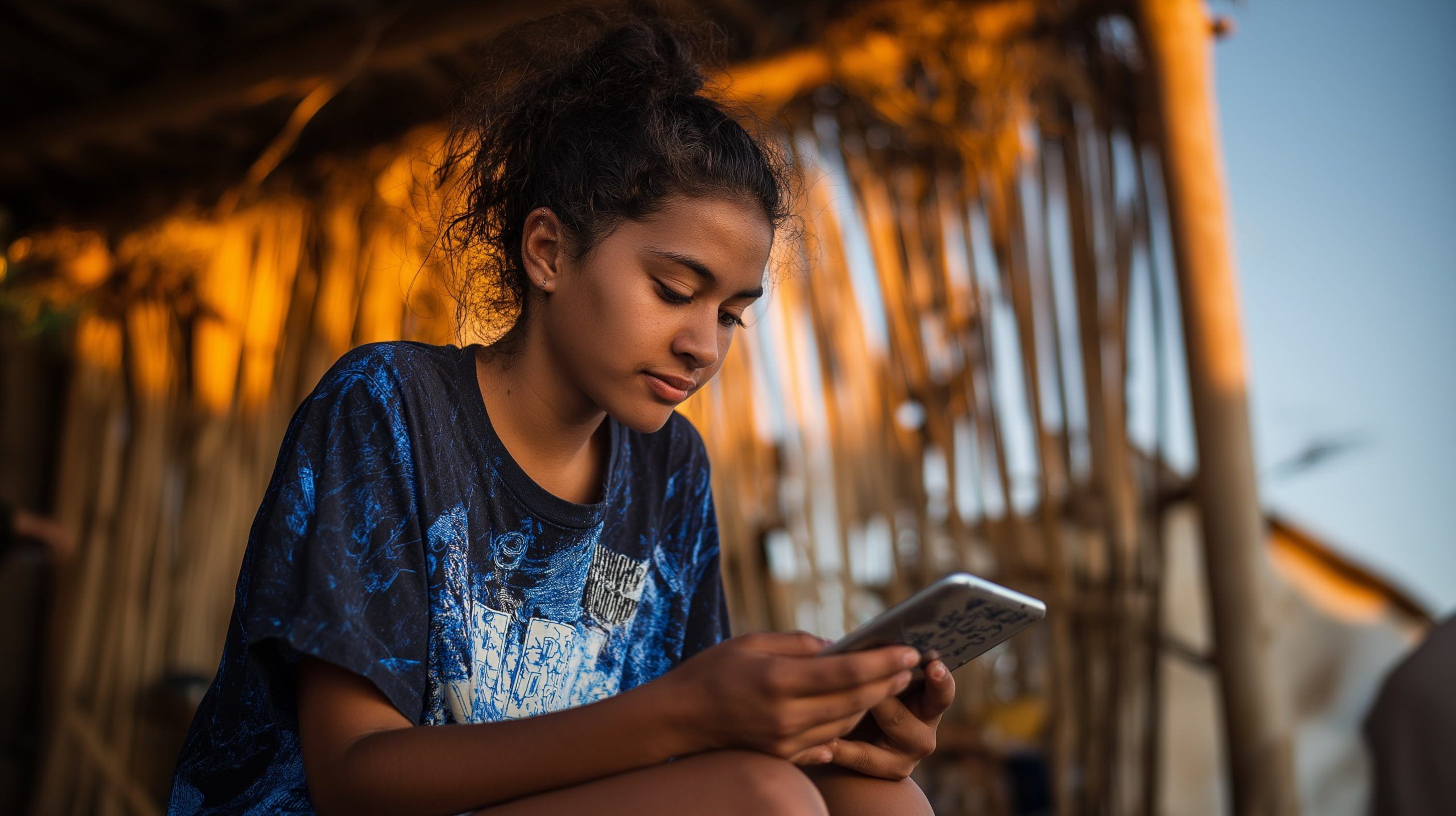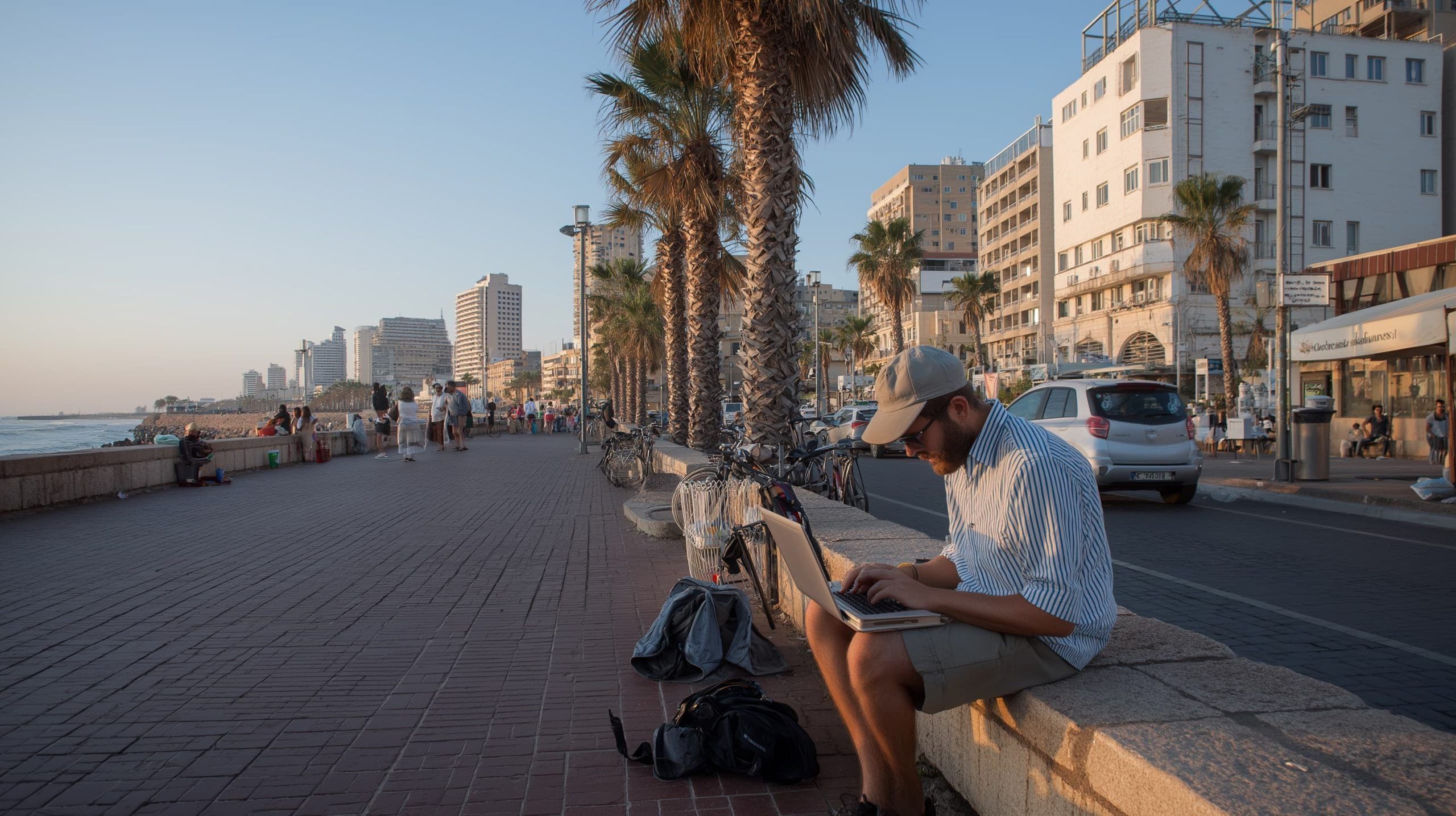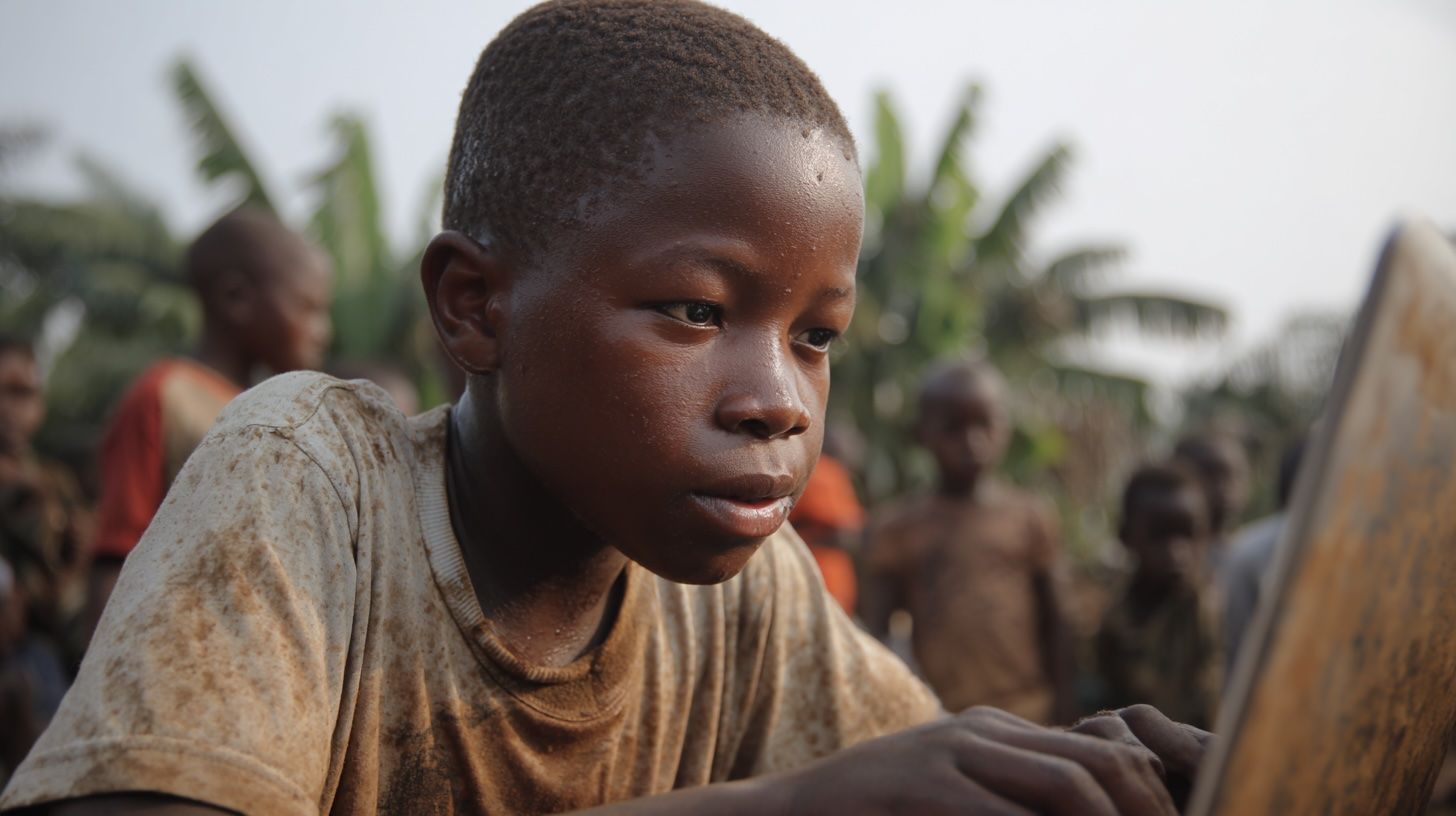
Mauritania’s Internet Revolution: What You Need to Know About Satellite, Speed, and Access in 2025
As of early 2025, about 1.96 million Mauritanians were internet users, roughly 37% of the population. Under the National Digital Transformation Agenda 2022–2025, Mauritania planned to add 4,000 km of fiber backbone by 2025, and by mid-2024 had deployed about










